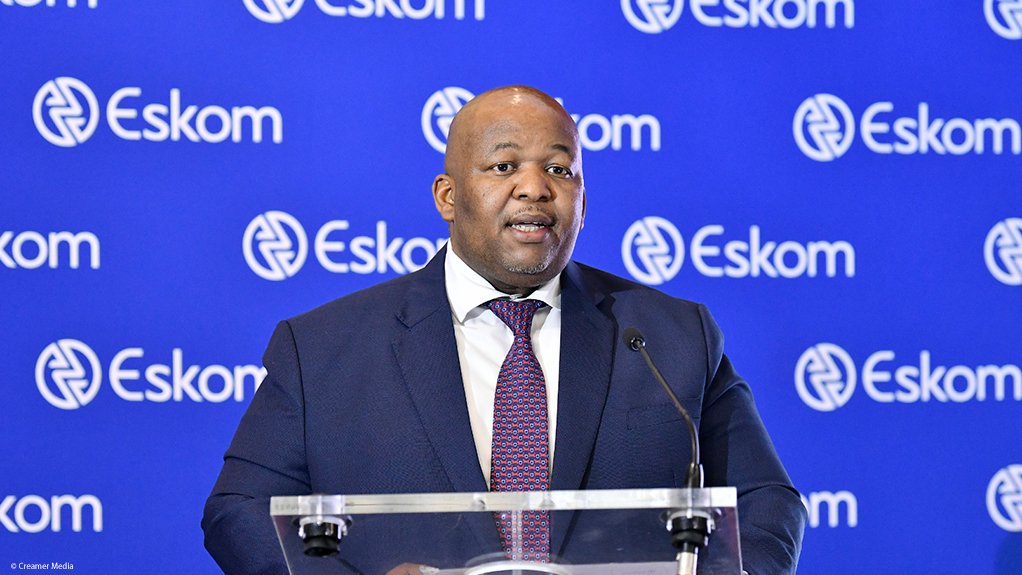Eskom has refrained from officially declaring an end to loadshedding despite having operated for more than 150 days without implementing rotational cuts; a period that coincided with the high-demand winter period.
Nevertheless, CEO Dan Marokane expressed optimism that it was in a good position to navigate the high-maintenance summer months loadshedding-free, and that it could be in a position to formally announce an end to loadshedding by the end of March 2025.
Delivering a summer outlook 152 days since the last loadshedding incident, Marokane said there would be no cuts during the upcoming season should unplanned breakdowns remain below 13 000 MW, but that rotational cuts of up to Stage 2 were possible should breakdowns exceed the 15 000-MW level.
Since April, unplanned capacity losses have been 12 400 MW on average, against 15 500 MW in the comparable period in the previous year and that average had declined to 10 500 MW during August.
Marokane attributed the change to a “structural shift” in the performance of the coal fleet, the energy availability factor (EAF) of which had improve from 57% in April to over 67% since July.
Group executive for generation Bheki Nxumalo reported that the recovery had enabled Eskom to reduce its diesel spend between April 1 and August 15 by R10-billion when compared with the same period in 2023, which was South Africa’s worst-ever year for loadshedding.
Nxumalo indicated that the EAF target of 70% remained intact, with Marokane indicating that the milestone would be met within the coming 24 to 36 months.
The decision not to declare an official end to loadshedding was informed partly by delays to the return to service or commissioning of three large units apiece at the Kusile, and Medupi coal stations, as well as at the Koeberg nuclear power station.
Nxumalo confirmed that the return to service of Koeberg Unit 2 had been delayed by two months to December, owing to welding problems that had arisen during the extended maintenance of the unit being carried out as part of efforts to secure a 20-year life extension.
The restart of Medupi Unit 4, which had been out of service since the generator exploded in August 2021, had also been delayed from August until March next year. This, owing to “unexpected design issues” relating to the integration of a second-hand generator stator.
The synchronisation of Kusile Unit 6, meanwhile, had been delayed until December, because of a lack of availability of materials and delays to the acid clean.
“The additional 2 500 MW in capacity is expected by the end of the financial year, which will contribute to security of supply,” Nxumalo said, while expressing disappointment at the latest set of delays.
EMAIL THIS ARTICLE SAVE THIS ARTICLE ARTICLE ENQUIRY
To subscribe email subscriptions@creamermedia.co.za or click here
To advertise email advertising@creamermedia.co.za or click here











